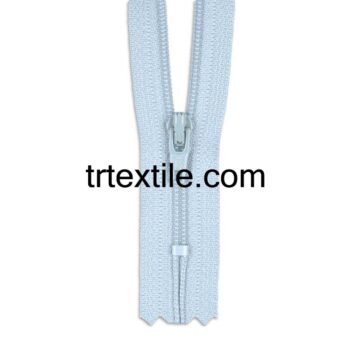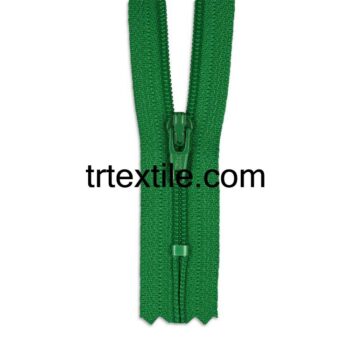-
baby blue zipper
$7,00Original price was: $7,00.$6,00Current price is: $6,00. -
black metal zipper
$7,00Original price was: $7,00.$6,00Current price is: $6,00. -
black zipper
$7,00Original price was: $7,00.$6,00Current price is: $6,00. -
brown zipper
$7,00Original price was: $7,00.$6,00Current price is: $6,00. -
dark blue metal zipper
$7,00Original price was: $7,00.$6,00Current price is: $6,00. -
dark blue zipper
$7,00Original price was: $7,00.$6,00Current price is: $6,00. -
fuchsia zipper
$7,00Original price was: $7,00.$6,00Current price is: $6,00. -
gray zipper
$7,00Original price was: $7,00.$6,00Current price is: $6,00. -
green zipper
$7,00Original price was: $7,00.$6,00Current price is: $6,00. -
orange zipper
$7,00Original price was: $7,00.$6,00Current price is: $6,00. -
powder metal zipper
$7,00Original price was: $7,00.$6,00Current price is: $6,00. -
red zipper
$7,00Original price was: $7,00.$6,00Current price is: $6,00. -
white metal zipper
$7,00Original price was: $7,00.$6,00Current price is: $6,00. -
white zipper
$7,00Original price was: $7,00.$6,00Current price is: $6,00.
Zippers are a ubiquitous and essential part of our everyday lives. From the clothes we wear to the bags we carry, zippers play a crucial role in keeping our belongings secure and easily accessible. But how much do we really know about this seemingly simple yet incredibly versatile invention?
The concept of a zipper dates back to the 19th century when Elias Howe, the inventor of the sewing machine, patented an “Automatic, Continuous Clothing Closure” in 1851. However, it wasn’t until 1913 that the modern zipper as we know it was invented by Gideon Sundback, a Swedish-American engineer working for the Universal Fastener Company.
Sundback’s invention revolutionized the way we fasten clothing and other items, replacing the cumbersome and time-consuming buttons and hooks that were commonly used at the time. The zipper consists of two parallel rows of interlocking teeth that are pulled together by a slider, allowing the teeth to be securely fastened or unfastened with ease.
Zippers come in a variety of sizes, materials, and types, each suited for different applications. Metal zippers are durable and commonly used in heavy-duty items like jackets and bags, while plastic zippers are more lightweight and flexible, making them ideal for clothing and accessories. There are also water-resistant zippers, invisible zippers, and even two-way zippers that allow for easier opening and closing from both ends.
Despite their simplicity, zippers can be quite complex to manufacture. The process involves weaving the teeth, attaching them to a fabric tape, and then applying a slider to enable the opening and closing mechanism. Zippers can be made from a range of materials, including metal, plastic, and nylon, each offering different levels of durability, flexibility, and cost.
Zippers have become so essential in our daily lives that we often take them for granted. However, without zippers, our clothes would be much harder to put on and take off, our bags would be less secure, and many of our belongings would be at risk of falling out or getting lost.
In recent years, zippers have also become a popular design element in fashion, with designers incorporating oversized zippers, contrasting colors, and unique zipper placements to add a modern and edgy touch to their creations. Zippers have even inspired artists and architects, who have used them in their work as a symbol of connection and unity.
In conclusion, zippers may seem like a small and insignificant part of our lives, but their impact is far-reaching and undeniable. From their humble beginnings as a simple clothing closure to their widespread use in a variety of applications, zippers have truly revolutionized the way we fasten and secure our belongings. So next time you zip up your jacket or open your bag, take a moment to appreciate the genius of this everyday invention.













